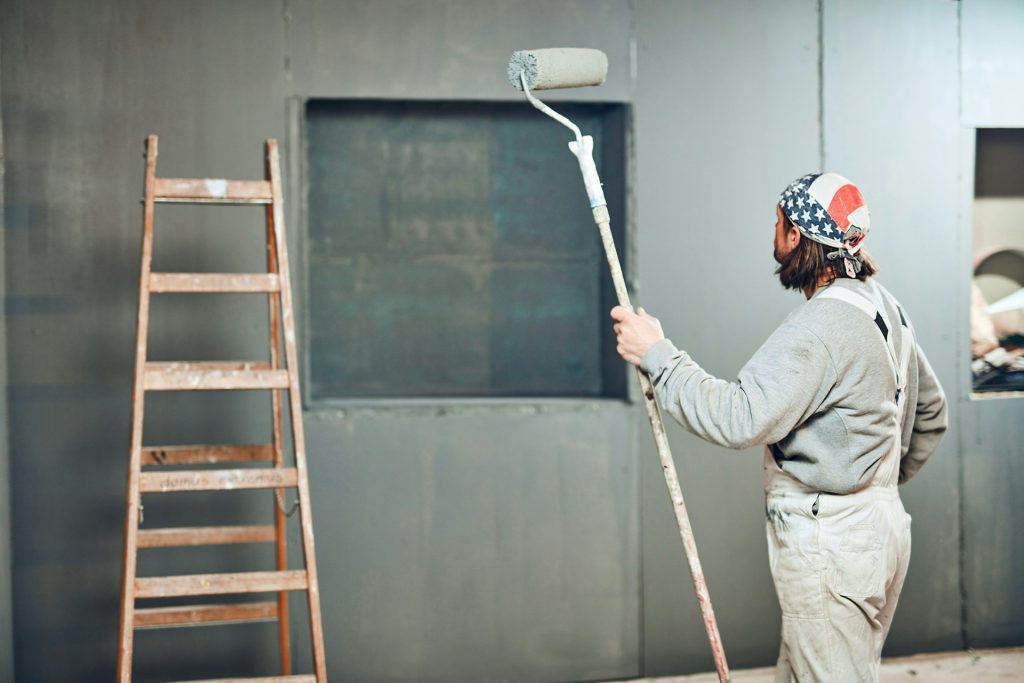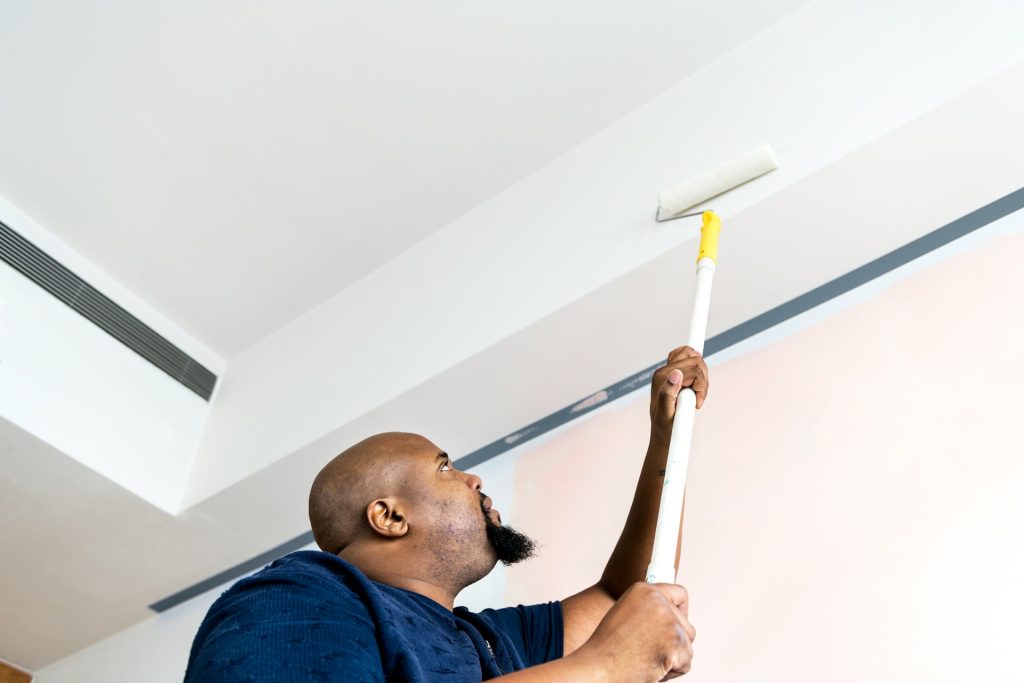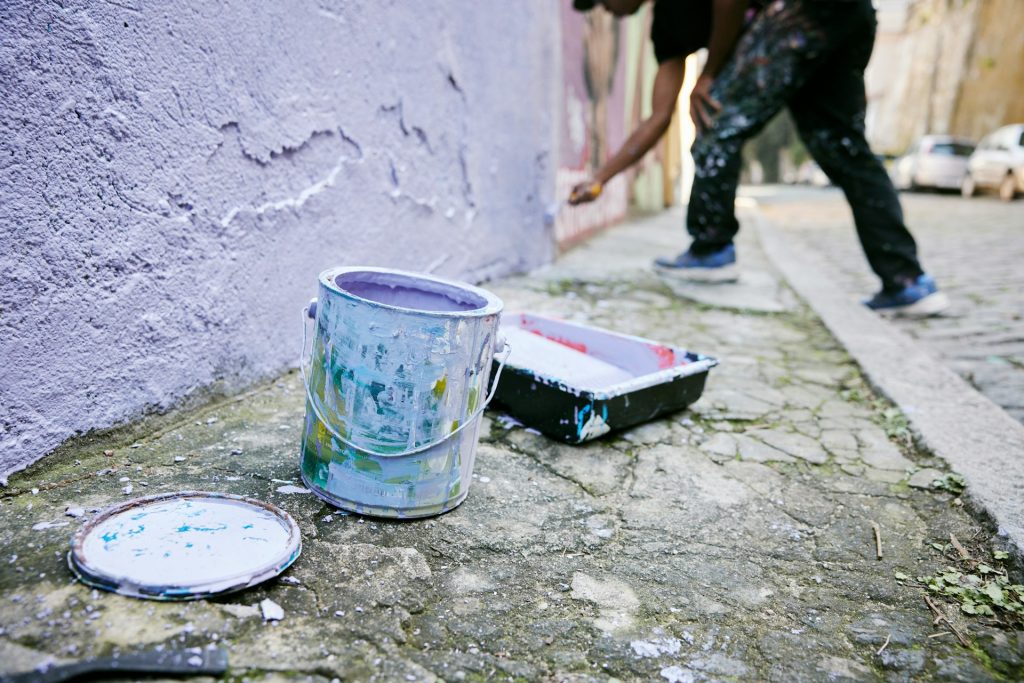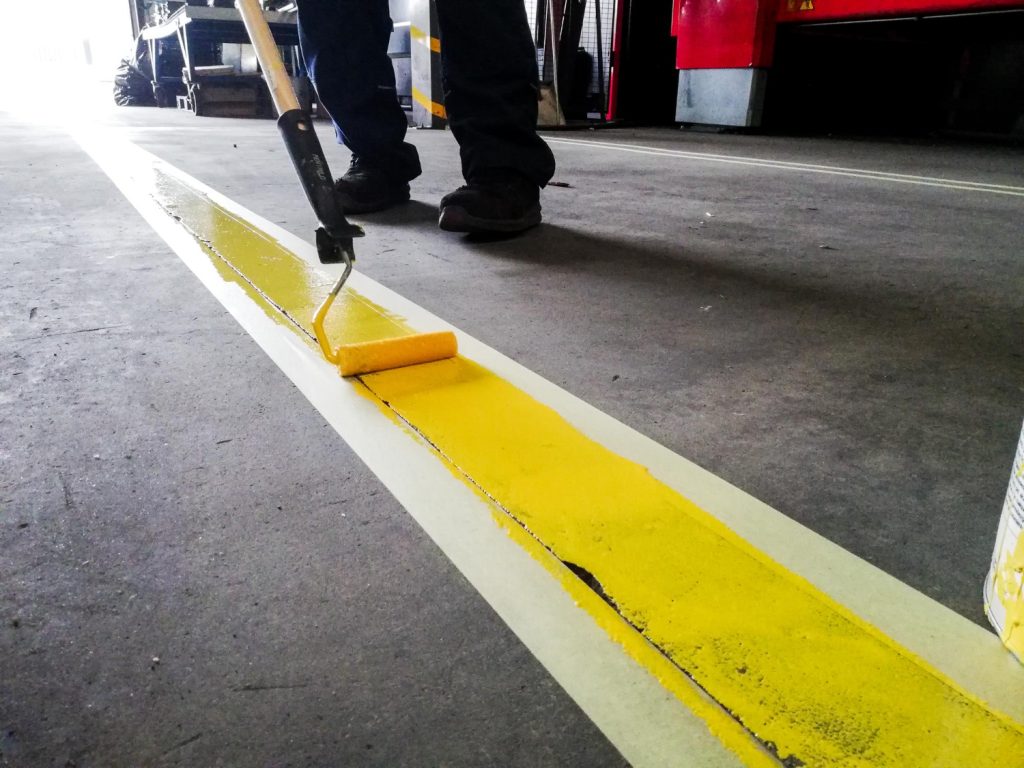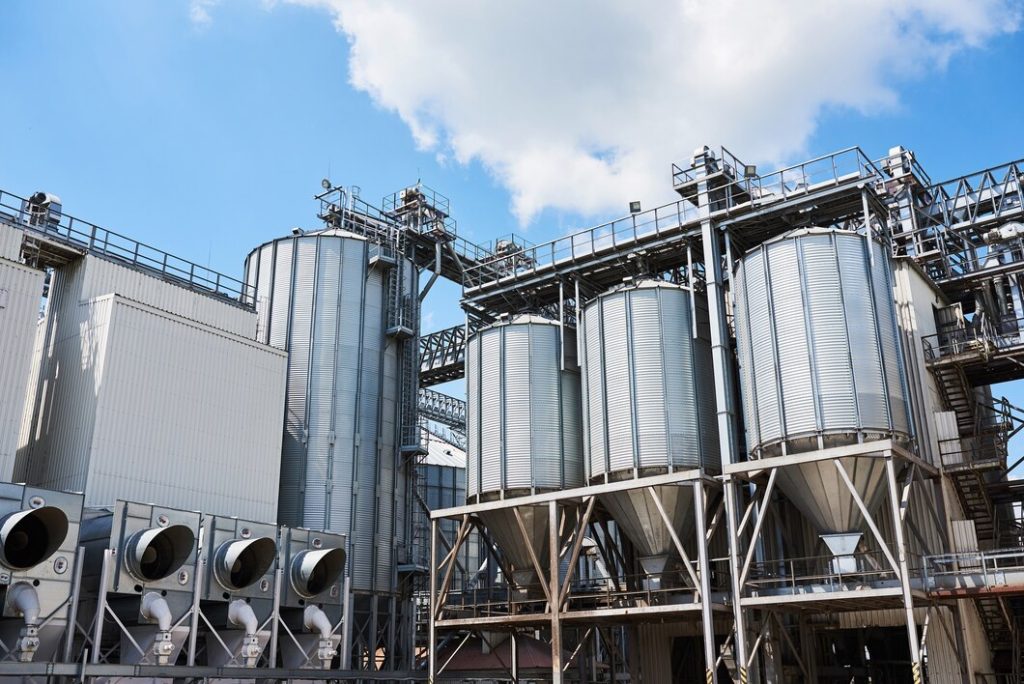Maintaining the protective coatings on industrial facilities is a task that requires attention and expertise. These coatings serve a critical function—they shield structures from environmental factors, including moisture, chemicals, and physical abrasion. Without such protection, the lifespan of industrial buildings may significantly decrease, leading to costly repairs and maintenance issues. It's no wonder businesses prioritize keeping these coatings in top-notch condition.
The role of painting contractors becomes pivotal here. These professionals have the knowledge and tools to maintain and apply protective coatings correctly, ensuring buildings remain resilient against various elements. By relying on experts, industrial facilities can maintain their operational efficiency without facing unanticipated structural issues.
Understanding Protective Coatings
Protective coatings are an essential component of any industrial facility. Think of them as a vital first line of defense for structures, working continuously to protect surfaces from potential damage. These coatings can resist chemicals, block moisture, and withstand physical wear, making them invaluable in industrial settings.
Different types of protective coatings serve various purposes. Here are some common types:
- Epoxy Coatings: Particularly useful for their durability and chemical resistance. They are often applied to floors, providing a hard-wearing surface that can stand up to heavy machinery and foot traffic.
- Polyurethane Coatings: Known for their flexibility and resistance to abrasion. These coatings are often applied to surfaces exposed to fluctuating temperatures or environments where flexibility is crucial.
- Acrylic Coatings: Favored for exterior surfaces due to their ability to withstand weathering and UV radiation. They are a go-to choice for preserving the aesthetic appeal of a building while providing robust protection.
These coatings are tailored to suit specific conditions and surfaces, ensuring the best possible protection and performance. Regular maintenance and correct application by skilled professionals help maximize the effectiveness of these protective barriers.
Regular Inspection and Maintenance
Regular inspections are key to identifying any signs of wear or damage that might compromise the integrity of protective coatings. By routinely checking for issues, facility managers can address problems before they escalate into expensive repairs.
Here are some steps to ensure thorough inspections:
1. Visual Examination: Walk around the facility, noting any visible damage like chipping, bubbling, or discoloration in the coatings. These signs often indicate that the coating is compromised and might need attention.
2. Check for Moisture: Look for signs of moisture penetration, such as rust or mold, which may indicate that the protective barrier has been breached. Moisture can be particularly damaging to structures if left unchecked.
3. Assess Areas of High Wear: Focus on areas subject to heavy traffic or frequent use, as these are typically more susceptible to damage. Common zones include warehouse floors or loading docks.
4. Review Protective Coating Records: Keep detailed records of when and what type of maintenance was performed. This helps in planning future inspections and making informed decisions about when reapplication may be necessary.
Regular inspections, coupled with good maintenance practices, keep industrial facilities running smoothly and efficiently. Understanding the importance of upkeep helps prevent unexpected downtime and costly repairs. By involving professional painting contractors, facility managers can ensure that the coatings are maintained properly and continue to protect the buildings effectively over time.
Role of Professional Painting Contractors
Hiring experienced painting contractors is a move that brings multiple benefits to industrial facilities. These professionals offer expertise that ensures the coatings are applied and maintained correctly, maximising their efficiency. They understand the nuances of different coating types and how to adjust their techniques based on the materials and environmental conditions.
What makes professional contractors stand out is their ability to handle the maintenance process in a convenient and timely manner. Whether it's ensuring minimal disruption during peak operational hours or working within a budget, they bring knowledge and flexibility to the table. Their access to high-quality tools enables precise application, reducing the likelihood of errors.
Practical Tips for Facility Managers
Facility managers can take proactive steps to maintain protective coatings effectively without interrupting daily operations. Here are some practical tips to keep maintenance on track:
- Plan Maintenance Schedule: Coordinate with contractors to schedule maintenance during off-peak hours or planned shutdowns to avoid disruptions. This ensures operations continue smoothly.
- Select the Right Contractor: Look for contractors with experience in the specific coatings used at your facility. Check their track record for reliability and ask for references from similar industrial projects.
- Ensure Timely Maintenance: Set up regular intervals for inspections and touch-ups. This helps detect issues early and extend the life of the coatings.
- Communicate with Staff: Keep all stakeholders informed about maintenance activities. This promotes cooperation and reduces the chances of misunderstandings during maintenance periods.
Keeping Up with Industry Standards
Remaining informed about industry standards is crucial for proper maintenance of protective coatings. These standards ensure that practices are up-to-date and facilities remain compliant with local regulations. It's important for facility managers and contractors to be aware of current guidelines related to coating applications and environmental considerations.
Such standards often include recommendations for the type of materials to be used and the conditions under which they should be applied. By staying informed, facilities can ensure that their coatings not only provide adequate protection but also meet legal and safety requirements.
Ensuring Long-Term Durability
Proper maintenance extends the protective coatings' lifespan, which in turn protects the infrastructure and minimizes repair costs. Regular upkeep allows coatings to maintain their efficacy, keeping surfaces resilient and reducing downtime caused by structural issues.
The economic benefits are clear—by investing in regular maintenance, facilities can avoid unexpected expenses associated with major repairs or re-coating projects. An ounce of prevention here can save a pound of repairs later on, keeping operations efficient and cost-effective.
Proactive Measures for Harsh Environments
Perth offers unique challenges due to its climatic conditions, and some environments may require specific strategies to ensure continued coating performance. High temperatures or sporadic weather events can affect the longevity of protective coatings, necessitating adapted maintenance plans.
Contractors who understand the local climate can recommend coatings that withstand such conditions better. Regular updates on maintenance schedules and adapting them to weather forecasts will help preserve the effectiveness of coatings against harsh elements.
Taking these steps ensures that the protective coatings remain effective, safeguarding the facility's integrity and its operations. In making thoughtful decisions about maintenance practices, industrial facilities can operate smoothly while maintaining their structures' longevity.
To ensure your industrial facility remains protected, consider working with expert painting contractors. At Nu-Vision Painting, our team is equipped to handle your maintenance needs efficiently and within budget. Stay ahead of potential issues and safeguard your investments by benefiting from skilled professionals who understand the unique challenges of industrial environments. 